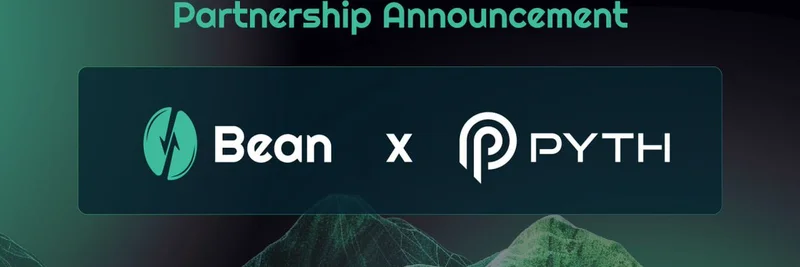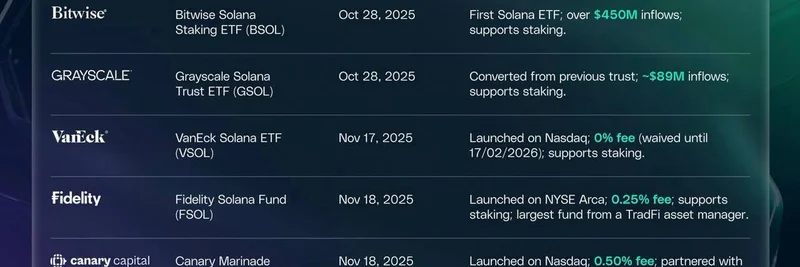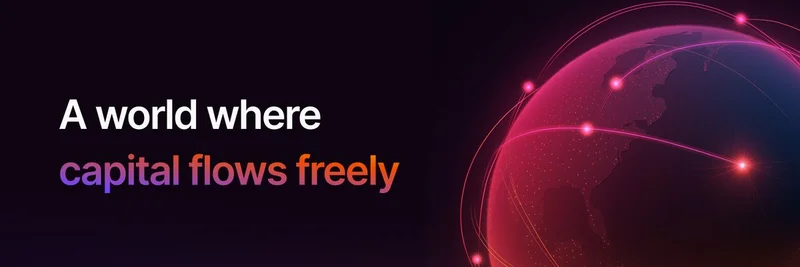If you've been keeping an eye on the crypto and AI intersection, you might have caught this intriguing post from @Defi0xJeff on X. In it, he breaks down the evolution of AI—from the dominance of closed-source systems over the past decade, to open-source taking the reins in 2025, and now decentralized AI (DeAI) stepping up faster than anyone expected. It's a concise yet powerful take that's got the community buzzing. You can check out the original tweet here.
What makes this shift so exciting? Let's unpack it step by step, explaining the key elements mentioned and how they tie into the world of meme tokens—after all, that's our bread and butter here at Meme Insider.
The AI Evolution: Closed, Open, and Now Decentralized
Closed-source AI, think proprietary giants like early versions of ChatGPT, ruled because they controlled the tech and data. But in 2025, open-source models flipped the script by making AI accessible to everyone, fostering innovation without the gatekeepers.
Now, DeAI is the next frontier. It leverages blockchain to distribute computing power, data, and even decision-making across networks, making AI more resilient, transparent, and resistant to censorship. As @Defi0xJeff points out, this isn't just hype—it's happening quietly but quickly.
Chinese Open Models Powering Silicon Valley
One standout trend is the rise of Chinese open-source AI models. These aren't just alternatives; they're often cheaper and perform on par or better than their U.S. counterparts. Models like Alibaba's Qwen, DeepSeek, Moonshot's Kimi, Z.ai's GLM, and MiniMax are being integrated into Silicon Valley startups for everything from chatbots to complex data analysis.
Why the appeal? Cost-efficiency is key—running these models can be fractions of the price of something like GPT-4. Plus, with U.S.-China tech tensions, they're a hedge against restrictions. Reports from outlets like Al Jazeera and Bloomberg highlight how this subtle shift is challenging Big Tech's dominance, with Chinese AI quietly becoming a backbone for global innovation.
The Boom in Decentralized Compute and Inference
DeAI thrives on decentralized infrastructure, where compute (processing power) and inference (running AI models) aren't locked in central servers but spread across global networks. Providers like Aethir, which tokenizes idle GPUs for cloud computing, and Bittensor, a decentralized machine learning network, are seeing massive adoption.
Other players include Ocean Protocol for data marketplaces, Internet Computer (ICP) for scalable blockchain hosting, and OORT for high-quality data clouds tailored to AI. These platforms are gaining popularity because they lower barriers—anyone with hardware can contribute and earn tokens. Market projections show the AI hardware space exploding, with DePIN projects leading the charge in 2025.
Demystifying x402 and ERC-8004
@Defi0xJeff mentions x402 and ERC-8004 adoption exploding, and for good reason. These are protocols building the foundation for autonomous AI agents on blockchain.
ERC-8004, or "Trustless Agents," is an Ethereum standard that gives AI agents on-chain identities and reputation scores. It enables seamless interactions, like verifying an agent's capabilities without trust issues. Think of it as a passport for AI in the crypto world.
x402, developed by Coinbase as an open payment protocol, handles micropayments for AI services. It allows agents to pay for compute or data in one hop, making the "agentic economy" efficient and low-cost.
Together with protocols like A2A for resource discovery, they're creating a stack where AI agents can discover, pay for, and use resources autonomously. This is huge for DeAI, turning sci-fi into reality.
How DeAI is Sparking a Meme Token Renaissance
Now, let's tie this back to meme tokens—the fun, volatile side of crypto that's all about community and narrative. DeAI isn't just technical; it's inspiring a flood of AI-themed meme coins that capture the hype.
Take Turbo (TURBO), an AI-generated meme coin that's all about speed and automation, blending meme culture with AI creation tools. Then there's Goatseus Maximus (GOAT), reportedly pumped by an AI bot called Truth Terminal, showing how DeAI can autonomously influence markets.
Other trending ones include Fartcoin (yes, really), which pokes fun at AI absurdities while riding the wave, and classics like PEPE and SHIB evolving with AI integrations. Newer entries like Snorter Bot ($SNORT) and SUBBD ($SUBBD) are positioning themselves as DeAI plays.
Why are they booming? DeAI narratives drive speculation—tokens tied to compute networks like Bittensor's TAO or Aethir's ATH often have meme-like volatility. CoinMarketCap and CoinGecko list AI meme categories exploding in market cap, with 2025 projections pointing to massive gains as adoption grows.
But remember, meme tokens are high-risk; they're driven by trends and community, not just tech. If DeAI keeps accelerating, these could be the next DOGE-level hits.
In wrapping up, @Defi0xJeff's tweet nails it: DeAI is the logical next step, blending open innovation with blockchain's decentralization. For meme token enthusiasts, this means new opportunities to ride the wave. Stay tuned to Meme Insider for more on how these trends unfold—whether it's the latest DeAI project or the next viral meme coin. What's your take on DeAI's rise? Drop a comment below!




